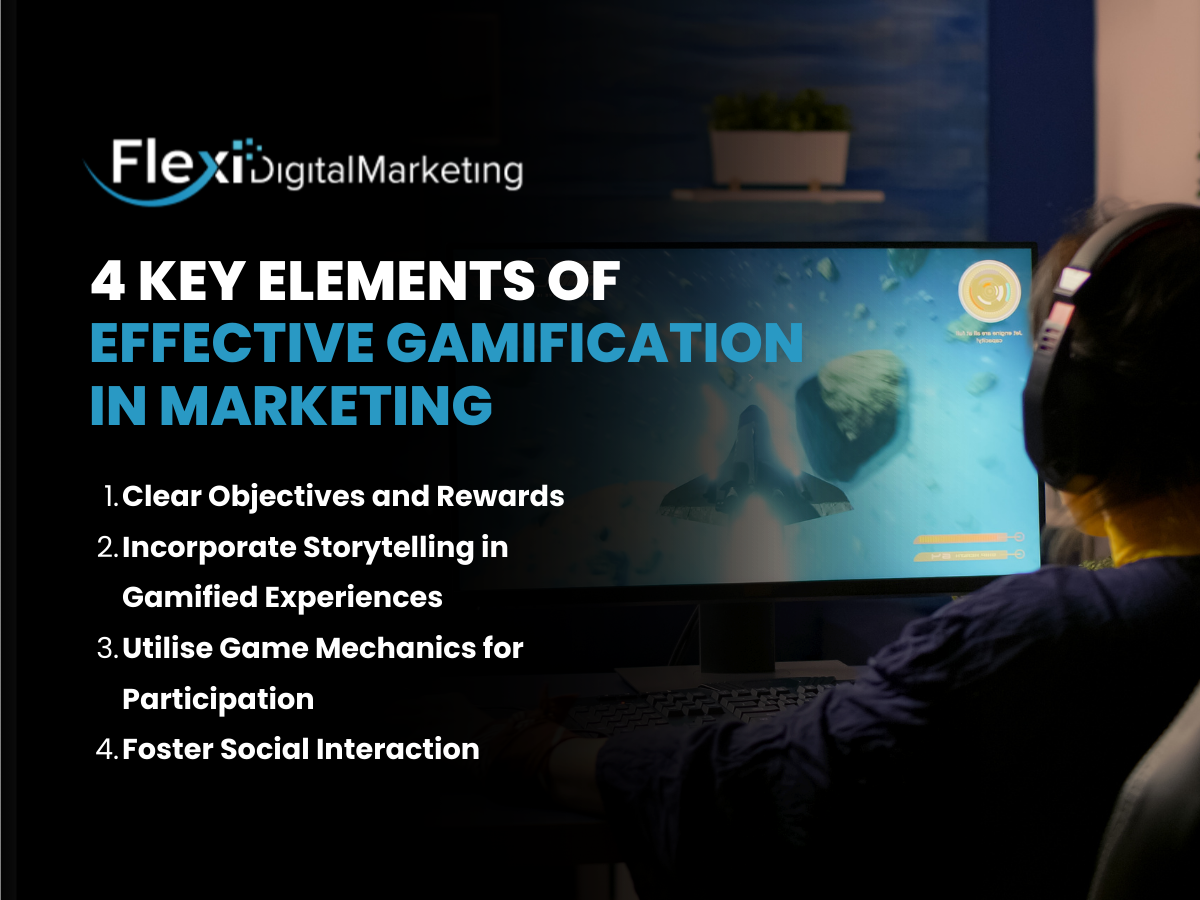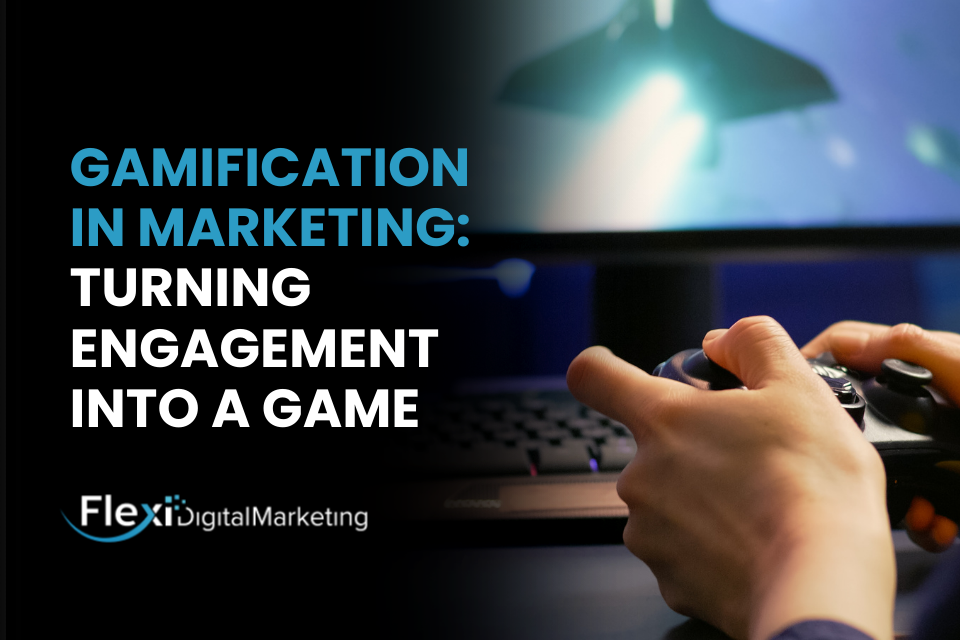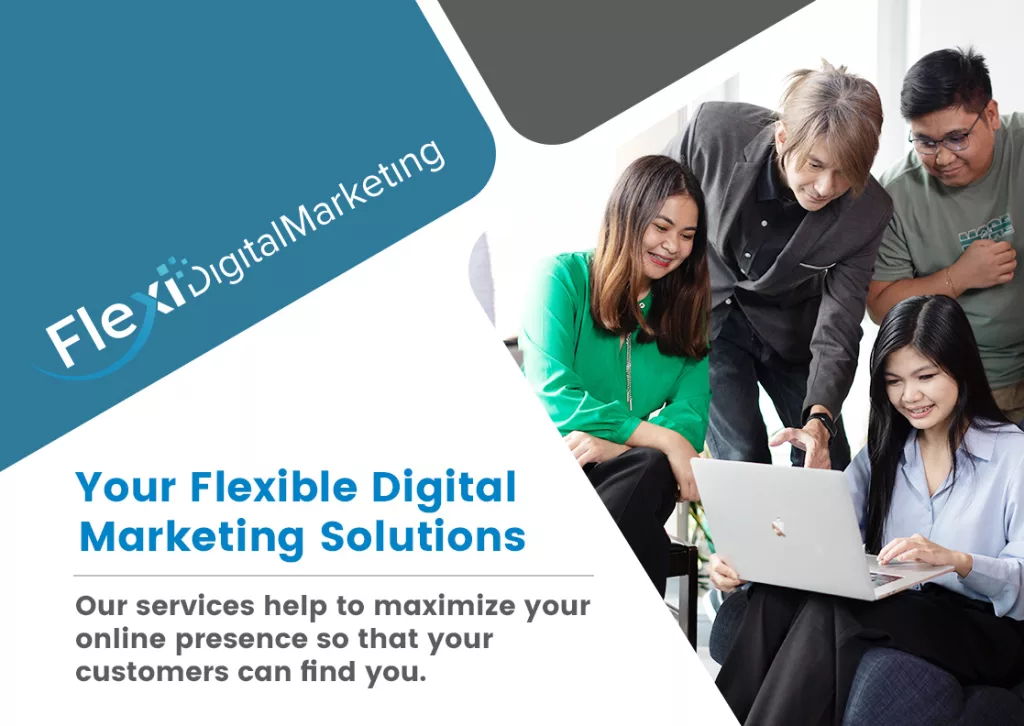Gamification in marketing is all about engagement. Being able to effectively generate consistent interactions from customers is difficult without some sort of activity motivating them to continue any campaign. The solution marketing experts came up with was turning it into a game itself.
Marketing campaigns that use gamification increases the interests and expands the reach of brands. Especially if the campaign is unique, creative, and interesting enough. However, not many know how to successfully create a great gamified marketing campaign.
Listed below are five key elements that makeup a great gamified campaign to boost your engagement and increase brand awareness.
What is Gamification and its relevance in marketing?
Gamification in marketing is the process of utilising brand interactions by making engagement into a game where rewards and points are offered. Sometimes these gamified marketing campaigns have friendly competitions or exclusive rewards received when reaching a certain number of interactions.
Gamification has become an increasingly popular marketing strategy because of the boom in technology. Video games and challenges are a great way to pass the time while socialising with peers. An example of a successful gamification in marketing campaign is Nike’s FuelBand which gained worldwide success during its heyday. It maximised engagement and even encouraged more customers to purchase the band and participate in the activity.
The same can be said for Duolingo, whose gamification app includes stars and badges when finishing a lesson. Language teaching apps are easily ignored if not garnering any attention or excitement. Duolingo changed the game by adding fun characters, interactions with peers, levels, and scoreboards to keep motivation and engagement.
4 Key Elements of Effective Gamification in Marketing
There have been failed attempts at gamification in marketing strategy before. That’s why companies who plan to try gamification have a checklist of five key elements before proceeding with the marketing strategy.

Clear Objectives and Rewards
The reason why gamification in marketing can be so effective is that it turns into a game. Human behavior naturally makes us compelled to play games or be curious about an activity we’ve not yet learned. Having a clear objective for the game will engage the user experience since they will know what they have to do.
Once completing their tasks, receiving a reward will make the user feel accomplished. Rewards can vary depending on the company’s identity. An example of a reward could be discounts, free merchandise, and more.
Incorporate Storytelling in Gamified Experiences
Storytelling is a very important part of the gamification in marketing strategy. The reason is to create engagement and increase customer interest.
Gamified learning is a prime example of incorporating storytelling while using gamification as a marketing strategy. Many potential customers and users are interested in the progression of a story within a game-like event sponsored by a company they like.
Utilise Game Mechanics for Participation
Gamification in marketing strategy requires game mechanics in general. Adding rules and challenges that the user must overtake will give them a boost to their competitive side. Having a level-up system such as badges, trophies, leaderboards, or quests is a great example of game mechanics.
Not only does this give a sense of achievement for the users, but the company can also use the game mechanics to measure the number of engagements they achieve once accounts unlock a level or badge.
Social Interaction
Gamification in marketing is all about experience and motivation. Interactive campaigns must have unpredictability and social interaction.
The more entertaining and unpredictable the gamification is, the more attractive it looks to users and potential customers. Users who find the gamification entertaining will encourage others to join in the event or platform.
Tools and Platforms for Implementing Gamification in Your Campaigns
Gamification in marketing strategy also includes digital marketing tools that smoothen their engagement and advertisement. You may have an engaging, unpredictable, and creative gamification campaign, but marketing the campaign itself needs these tools to attract potential customers.
SEO Tools
Search Engine Optimisation (SEO) is absolutely necessary to market gamification. Examples of tools needed to perform SEO are Ahrefs, SEMrush, Yoast, or Google Search Console. By using SEO tools and implementing SEO techniques, it will be easier for potential customers to discover the project or business attached to the gamified project.
Feedback
Continuous feedback is necessary to keep your gamified platform afloat. Interactions with users will improve the quality of the business and understand their constructive criticism. Developing a smoother and more engaging product is the goal, and only customers can explain what is lacking within the project itself.
Eye-catching Graphic Design
Eye-catching graphic design attracts the attention of many potential customers. Alongside the learning process and the motivational challenges that the gamified project offers, seeing an aesthetically pleasing design encourages the user to continue engaging.
User-friendly Tools for Distribution
It is also important to use gamification tools that offer surveys, badges, tracking, and answer exercises. Examples of gamification tools are AhaSlides, Picklers, isEazy Game, Symbaloo, and Mindomo.
You may also choose to hire your own software developer to create your own tool for your gamified business or project. Either way, the tools themselves are needed to generate engagement and receive feedback.
Potential Challenges and How to Overcome Them
Gamification in marketing strategy isn’t a breeze. There are possible challenges that one may experience when using this method to boost engagement.
Brand loyalty is always a good sign in a company. Regular consumers will easily notice a gamification marketing strategy since they follow the company itself. However, the idea is to grow engagement further and grow awareness of your brand.
Additionally, stakeholders can become unpredictable. It’s possible to have low-income stakeholders despite the entertaining marketing strategy. Both challenges can be solved with support from brand reputation, digital marketing, and user reviews.
Another problem that could halt the progress of gamification in marketing is a disorganised project. A lack of clear instructions or goals on the gamification could cause consumers to lose interest.
The solution to overcoming such problems is a reliable project manager to organise the details and make the event user-friendly.
Future Trends in Gamified Marketing
Gamification is one of the newest digital marketing trends that businesses have begun investing in. However, there’s more that gamified marketing can offer. As a fairly new method of marketing, gamified marketing will only evolve further for user engagement.
Social media is a big factor in gamified marketing’s boost. As the modern age progresses into a more Internet-based form of communication, people tend to send each other engaging online activities that go viral on social media platforms.
Physical events are more expensive. Meanwhile, digital gamification has a chance to increase engagement consistently and connect throughout the world. The only challenge is the development of gamified software online will take an expert developer. To create a successful gamified marketing strategy online you will need to either outsource or on-shore hire a trustworthy employee.
Creativity, development, and marketing are the most important techniques needed to succeed in gamification. A forecast of its increase shows that gamification will have a massive influence on society, including learning, user consumption, and economic growth.
Conclusion
Gamification in marketing requires collaboration, heavy research, and extra attention from a team of experts. The investment to create the perfect gamified marketing campaign is heavy, but the results if done perfectly are more than enough to receive praise and attention.
Ready to transform your marketing strategy into an engaging game? Dive into our guide for actionable tips and unlock the power of gamification. Level up your campaigns today! Contact us today!


